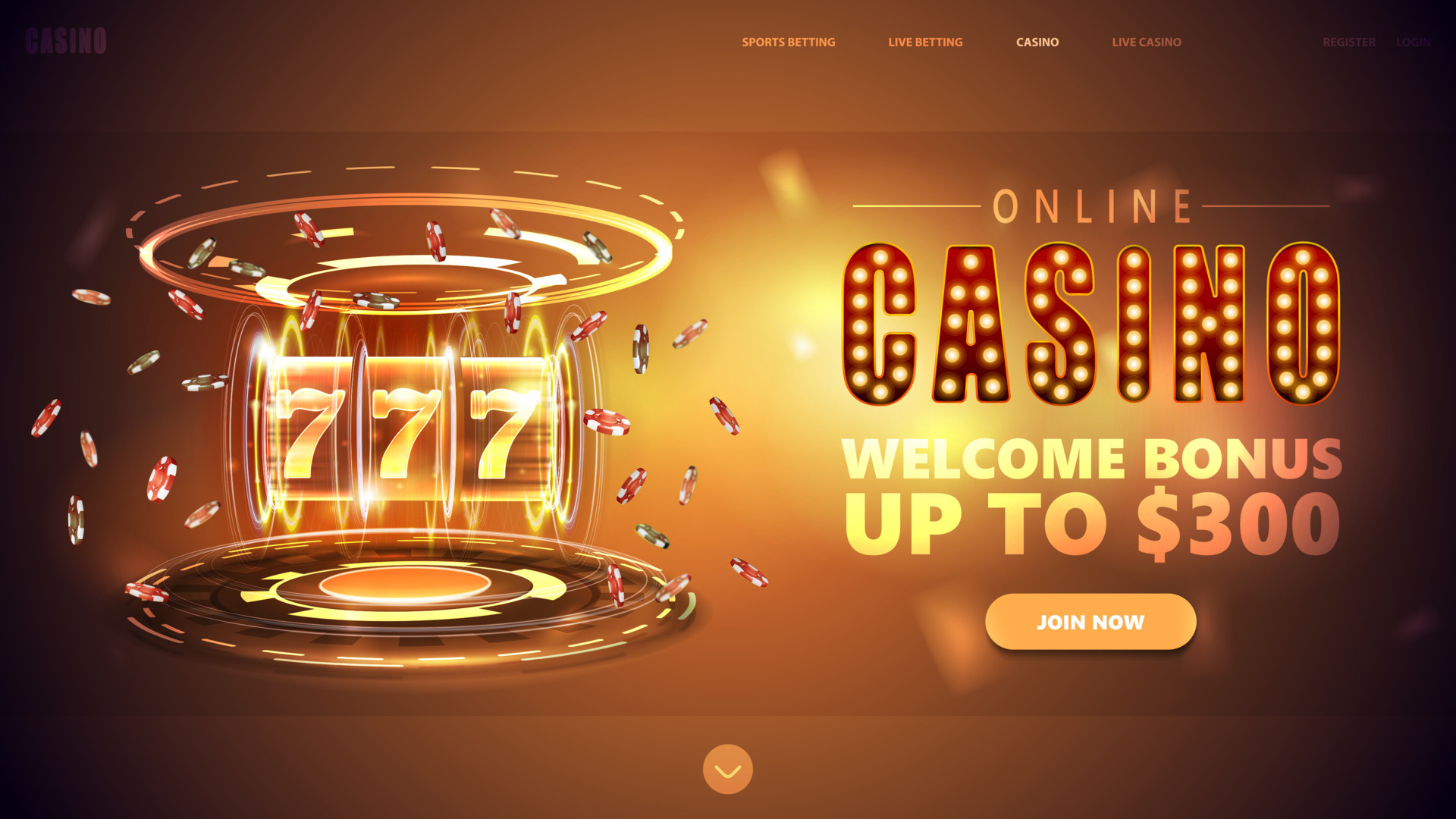
An Encounter of Gamification in Gambling Games

The world of gambling entertainment has long enthralled participants with its blend of adventure, strategy, and the thrill of luck. With tech advancements progresses and the gambling landscape evolves, an exciting approach known as gamification has started to reshape the way we engage with these traditional games. By incorporating game-like elements such as challenges, incentives, and progress tracking, this approach enhances player engagement and transforms the old-fashioned casino environment into a more interactive and immersive environment.
Gamification in casino entertainment not only attracts to experienced gamblers but also attracts a new generation of participants who want a much immersive adventure. Featuring features that encourage involvement and build connection among participants, the game-based features breathe fresh energy into cherished favorites like casino poker, blackjack, and slot machines. As we delve further into this trend, we will explore how this trend is redefining the casino experience, making it far inclusive, entertaining, and rewarding for all involved.
Understanding Game Elements
Gamification denotes the implementation of game-like features in non-game contexts to enhance user involvement and interaction. In the domain of gaming, this concept has achieved considerable momentum, transforming traditional gaming into a much dynamic and satisfying experience. By integrating features such as scores, levels, and prizes, casinos can create an atmosphere that encourages players to engage more often and for longer durations.
At the center of gamification is the desire to tap into the natural drives of players. Gaming experiences that utilize gamification methods are designed to not only entertain but also to promote rivalry and achievement. Players are often attracted to the instant responses and advancement monitoring that these features provide. This not only maintains them engaged but also nurtures a notion of accomplishment as they reach milestones and reveal new features.
Additionally, gamification can improve social engagement among players, creating a community atmosphere that enhances the pleasure of casino games. Features such as ranking systems, team challenges, and collaborative tasks allow players to engage with fellow players, exchange stories, and battle in a good-natured manner. This community element adds another facet to the experience, allowing it to be more captivating and pleasurable for gamers.
Effect on User Engagement
Game design strategies in casino games have remarkably transformed the way gamers connect with their beloved games. By adding elements such as incentives, scoreboards, and achievement badges, casino operators create an setting that promotes a stronger bond between players and the games they love. This increased engagement results to extended gaming sessions and boosted player dedication, as users work to achieve new levels or obtain special incentives.
Moreover, the social component of game-based casino games cannot be dismissed. Numerous platforms allow players to compete against friends or other gamers, which adds a level of excitement and friendship. This contest drives engagement by tapping into users' drive to compete, motivating them to revisit for more in order to improve their standings or display their accomplishments. As a result, the social interactions foster a feeling of community that motivates users returning. Ga179
Furthermore, the immediate feedback and validation provided by game elements serve to inspire gamers. Whether a alert of a additional achievement or the excitement of earning a prize, these instant gratifications play a crucial role in maintaining attention. By continually rewarding users for their efforts, casino games become not only a hobby; they develop into an immersive engagement that captivates gamers and enhances their overall enjoyment.
Trends in Casino Game Design
The entire landscape of casino game design is continuously evolving, driven by tech innovations and evolving player preferences. One significant trend is the integration of interactive technologies, such as VR reality and AR reality, to enhance the gaming experience. Such technologies create a more engaging environment, enabling players to feel as though they are in a real casino, which can lead to longer play sessions and heightened player satisfaction.
Another trend is the incorporation of storytelling elements into casino games. Game designers are focusing on storytelling to create a deeper connection between the player and the game. This story-centric approach not only makes the games more enjoyable but also motivates players to engage emotionally, which can enhance their complete experience. By blending traditional gaming mechanics with engaging stories, developers are attracting a broader audience who may not have previously engaged with casino games.
Finally, the growth of multiplayer features is reshaping how players interact with casino games. Many games now feature social elements, such as broadcasting achievements or challenging with friends, to promote social interaction and engagement. This trend reflects a move towards a more interactive experience, where players can link with others, sharing their enthusiasm and challenges. As casinos adapt to these social dynamics, the experience of gaming becomes not just about individual play, but also about building connections among players.